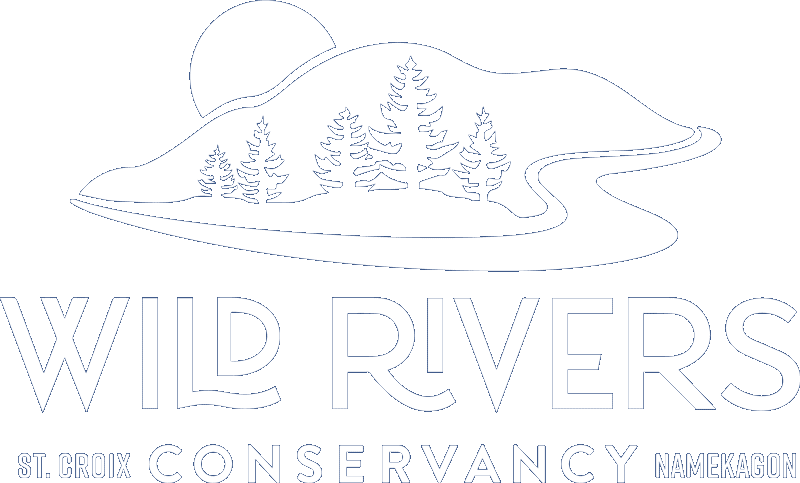Late winter many of us dream about gardening, a wonderful distraction from the gray, winter months. Perennial plants can and should be included in planning your gardens. In fact, many of us think beyond just the gardens that need annual attention to the whole property. Whether you have a tiny urban lot or an acreage, you can manage your land for wildlife. Pollinators are wildlife.
We depend on pollinators for our food and a healthy ecosystem. Pollinators, such as bees, carry pollen from one plant to another, fertilizing them so they can produce fruit or seeds. About 75% of the world’s major food crops require or benefit from pollinators. Here’s a fun fact: A lot of these pollinators rely on woodlands for nourishment through flowering trees, shelter and nesting habitat via snags, sticks and leaves. Effective conservation of our trees should be a priority, especially for bee conservation.
Studies have shown that woods are the most important habitat for supporting a diversity of rarer bees.
Honeybees (Apis mellifera), which help our agricultural crops, tend to be most people’s first thought when thinking about pollinators—but they are actually a non-native bee. In Minnesota and Wisconsin, there are around 400 known native bee species and thousands more around the country. Other pollinators include birds, bats, and other insects that all play a critical part in our ecosystem.
Unfortunately pollinators have been in steady decline for many years due to habitat loss and fragmentation, loss of food sources, use of general pesticides, climate change, disease, and parasites. The World Wildlife Fund just reported alarming news that one of our most commonly recognized butterflies continues to struggle. They reported that “new data detailing the abundance of the eastern monarch butterfly colonies wintering in central Mexico's forests estimate that the species occupied only 2.2 acres during the 2023-2024 winter season—59% less than the previous year when scientists observed 5.5 acres”.

The good news is anyone can play a part in helping our native pollinators by managing your yard or garden space differently. Protecting existing trees and planting more trees such as oak (supports 318 species of pollinators), willows (supports 355 species), birch (supports 329 species), plum/cherry (supports 339 species) can help our pollinators, which are keystone species in our ecosystem. Keystone species are important because they are a species in which the ecosystem is largely dependent on. Flowers and grasses like goldenrod (supports 102 species), strawberries (supports 68 species), and bluestem (supports 13 species). The numbers may be lower on flowers and grasses, but they are critical for species like the federally endangered Karner Blue butterfly which only has one host plant, and that’s the native lupine.
Pollinators, like all of us, need water and shelter. Planting a diverse selection of native trees and flowers that bloom in different months throughout the warm seasons, while providing a clean water source, can help create a stable habitat. One option to add a water source in your garden is to put marbles in bird baths so bees have a safe place to drink. Another helpful management tactic is to take your time with spring cleaning! Our native pollinators love to nest in dead leaves and hollow sticks. Waiting to rake and tidy up your yard and participating in #NoMowMay allows bees to properly hibernate and wake up to a lawn full of food. Controlling invasive species can also help native pollinators. Invasive plants such as buckthorn and honeysuckle can blanket the forest floor and suppress spring ephemerals. Check out your local native nurseries and the resources provided below for more information on how you can help pollinators.
You can learn more about how to bring your garden to life by visiting the Native Plant Finder website at: https://nativeplantfinder.nwf.org/ and for an interactive map of native plant and seed sellers in the Midwest visit: https://www.mipn.org/cwma-resources/site-revegetation/native-plant-nurseries-of-the-midwest/
